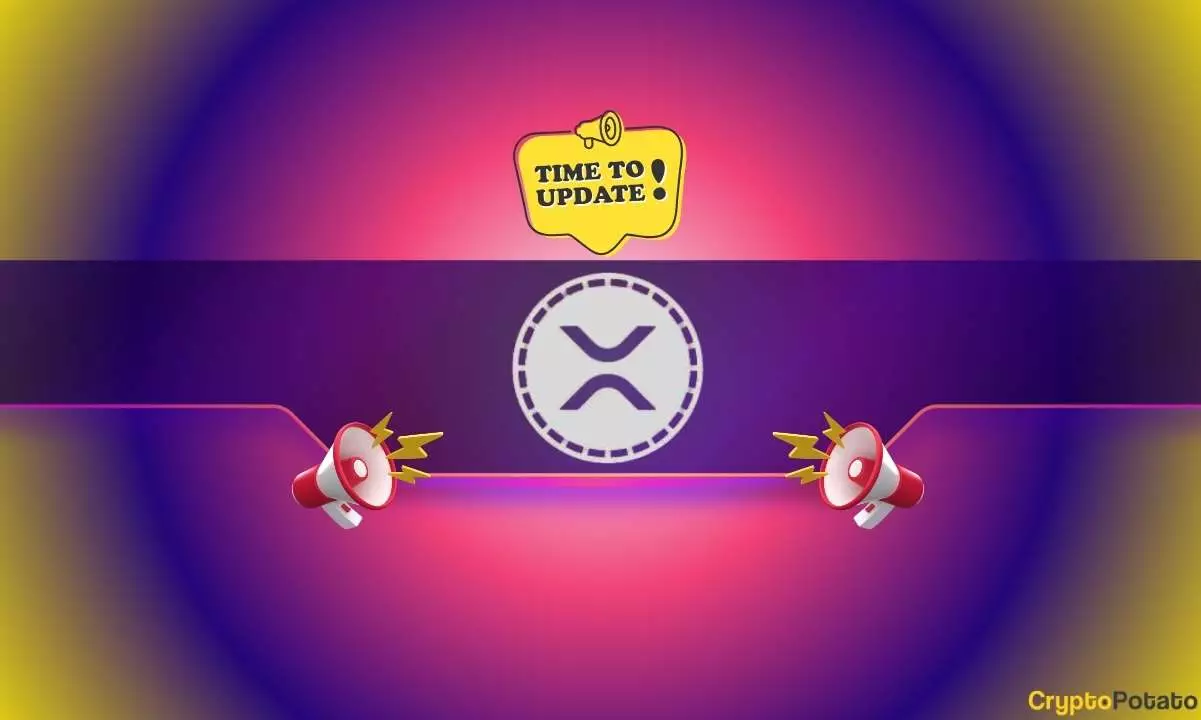Ripple, a prominent player in the cryptocurrency landscape, has recently set the stage for the introduction of its stablecoin, RLUSD. Tailored to be pegged 1:1 to the US dollar, this innovative venture represents a strategic push into the growing market of stablecoins. As of August 2024, RLUSD is currently undergoing beta testing, a pivotal step before it can make its entrance to the broader market, contingent upon the green light from regulatory authorities.
Strategic Partnerships and System Integration
In preparation for its launch, Ripple has forged alliances with reputable exchange partners including Bitstamp, Bitso, and Uphold, among others. This robust network is crucial for the forthcoming release of RLUSD, as these platforms will facilitate its trading and accessibility to users. By integrating RLUSD into both the XRP Ledger (XRPL) and Ethereum, Ripple aims to enhance the liquidity and utilization of the stablecoin across diverse blockchain ecosystems. This strategy not only positions RLUSD effectively within the market but also broadens its potential user base, making it attractive for both individual and institutional investors.
Despite the operational readiness expressed by Ripple’s leadership, the uncertainty surrounding regulatory approval remains a significant hurdle. Monica Long, Ripple’s president, candidly stated that the launch of RLUSD hinges on the decision of the New York Department of Financial Services (NYDFS), which is currently reviewing Ripple’s trust application. This illustrates the intricate relationship between innovation in the cryptocurrency space and regulatory frameworks that govern financial products. Ripple’s proactive approach in complying with these regulations reflects a broader industry trend where cryptocurrency entities are increasingly prioritizing regulatory alignment to foster consumer trust.
The interest in stablecoins has surged, with their total market capitalization currently sitting around $180 billion. Long predicts a dramatic increase in this figure, projecting it could grow to over $3 trillion in the coming years. This growth is attributed to various demand drivers, particularly in the payments sector where stablecoins can offer efficiency and reliability. Additionally, there’s a growing conversation around “de-dollarization,” suggesting that future stablecoins may not only revolve around the dollar but could diversify into other fiat currencies like the euro and yen. This evolution signifies a potential shift in how value is pegged and may cater to various global market needs.
As it stands, Tether (USDT) leads the stablecoin market, boasting a market cap of nearly $125 billion, a testament to its widespread acceptance and usage. Following closely is Circle’s USDC, which has experienced notable fluctuations, currently standing at approximately $37 billion. These dynamics highlight the competitive landscape in which Ripple seeks to establish RLUSD, emphasizing the need for its stablecoin to differentiate itself through unique value propositions and utility.
As Ripple navigates the complex regulatory waters and prepares for a potential launch of RLUSD, the implications for the stablecoin market are significant. With its strategic partnerships, commitment to regulatory compliance, and innovative framework, RLUSD could potentially redefine the standards for stability and usability in the crypto space. As the anticipation builds, stakeholders across the industry are keenly observing how this initiative unfolds and what it heralds for the future of digital currencies. The coming months will be crucial in determining whether Ripple can successfully integrate RLUSD into a rapidly evolving market.

